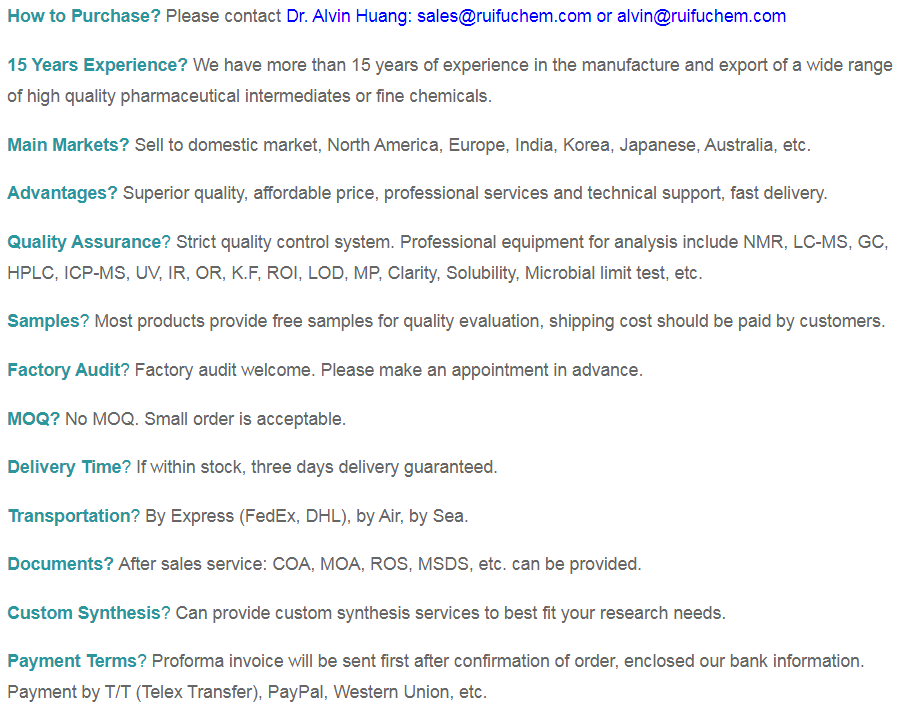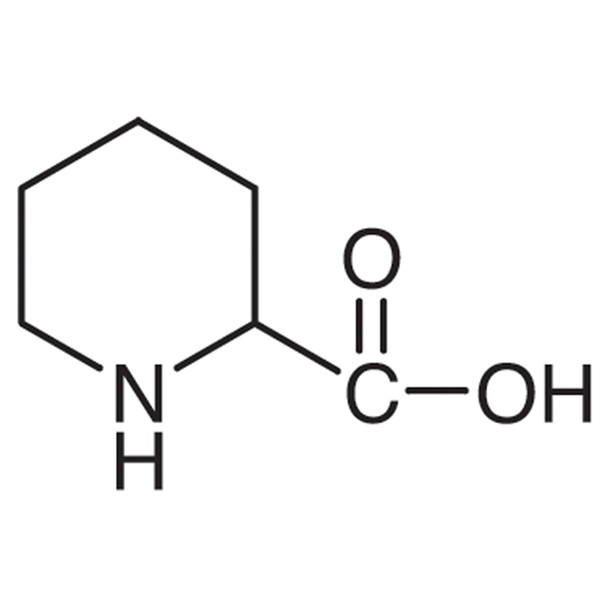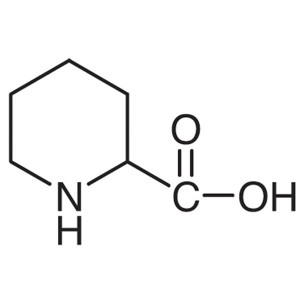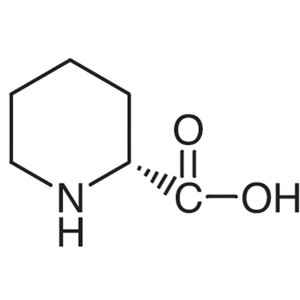DL-Pipecolinic Acid CAS 535-75-1 Assay 98.0%~102.0% Factory
Manufacturer Supply with High Purity and Stable Quality, Commercial Production
| Chemical Name | DL-Pipecolinic Acid |
| Synonyms | DL-Pipecolic Acid; DL-Homoproline; 2-Piperidinecarboxylic Acid |
| CAS Number | 535-75-1 |
| Stock Status | In Stock, Production Scale Up to Tons |
| Molecular Formula | C6H11NO2 |
| Molecular Weight | 129.16 |
| Density | 1.125 g/cm3 |
| Water Solubility | Soluble in Water, Almost Transparency |
| Shipping Condition | Shipped Under Ambient Temperature |
| Brand | Ruifu Chemical |
| Item | Specifications | Results | Methods |
| Appearance | White Crystalline Powder | Conforms | Eyeballing |
| Identification | IR, NMR | Conforms | CP2005 Version second part Addendum IV C |
| Melting Point | 273.0~278.0℃ | 274.3℃ | CP2005 Version second part Addendum VI C |
| Loss on Drying | ≤1.00% | 0.15% | CP2005 Version second part Addendum VIII L |
| Assay | 98.0-102.0% | 99.5% | CP2005 Version second part Addendum VII B |
| Conclusion | The product has been tested and complies with the given specifications | ||
Package: Fluorinated bottle, Aluminium foil bag, 25kg/cardboard drum, or according to customer's requirement.
Storage Condition: Keep the container tightly closed. Store in a cool, dry (2-8℃) and well-ventilated warehouse. Keep away from sunshine; avoid fire and heat sources; avoid moisture. Store away from oxidizing agents.
Shipping: Deliver to worldwide by air, by FedEx / DHL Express. Provide fast and reliable delivery.


Hazard Symbols Xi - Irritant
Risk Codes 36/37/38 - Irritating to eyes, respiratory system and skin.
Safety Description
S26 - In case of contact with eyes, rinse immediately with plenty of water and seek medical advice.
S36 - Wear suitable protective clothing.
WGK Germany 3
Hazard Note Irritant
DL-Pipecolinic Acid (CAS: 535-75-1) is widely used in organic synthesis, synthesis of pharmaceutical intermediates and Active Pharmaceutical Ingredient (API). Its applications range from drug synthesis to plant growth regulation. DL-Pipecolinic Acid has potential implications for the production of new drugs and chemicals.



